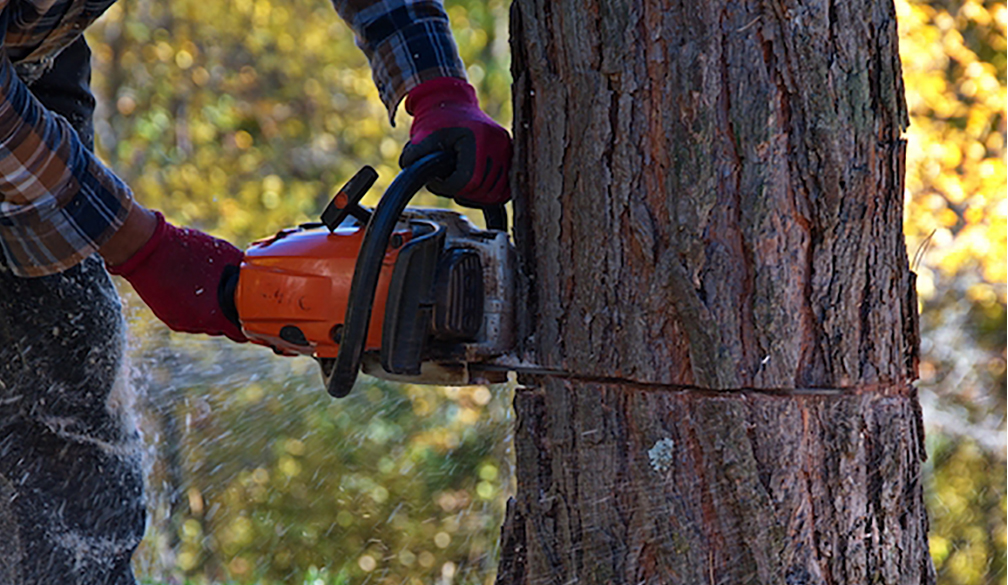Understanding the Basics of Tree Lopping

Tree lopping is often used interchangeably with pruning, but the processes differ. This article explains the basics of tree lopping and how tree loppers contribute to this practice, including tree removal as a key component. Understanding these basic concepts can help homeowners, landscape managers, and arborists make informed decisions.
What is Tree Lopping?
Tree lopping, sometimes known as a topping, involves cutting down branches or stems of a tree to stubs or lateral branches that aren't large enough to assume the terminal role. This technique aims to reduce the size of a tree that has become too large for its immediate environment. It's important to note that lopping should be done cautiously, as improper practices can cause harm to the tree's health and aesthetic value.
The Role of Tree Loppers
Professional tree loppers are trained to conduct lopping procedures with safety and tree health in mind. They have the necessary knowledge to identify the right cutting technique, timing, and number of trees to remove. Their expertise can prevent the tree from getting stressed, causing stunted growth, and making it susceptible to diseases.
Tree loppers also have the skills to perform safe tree removal. This procedure becomes necessary when a tree poses a risk to people or property or when it's dead or diseased beyond recovery. They assess the condition and location of the tree to decide on the safest removal method.
The Tree Lopping Process
Step 1: Assessment
The first step in tree lopping is assessing the tree and its environment. It includes evaluating the tree's health, checking for signs of disease or pests, and determining the best method for lopping.
Step 2: Preparation
After the assessment, tree loppers prepare by clearing the area around the tree. They also ensure that they have the right tools and safety equipment.
Step 3: Lopping
Once the area is prepared, the lopping process starts. The tree loppers cut the branches carefully, ensuring they don't harm the rest of the tree or cause any unwanted stress.
Step 4: Clean-up
After lopping, the tree loppers clean the area, removing all cut branches and debris. They may also inspect the tree for any further work that might be necessary.
The Importance of Proper Tree Lopping
Proper tree lopping is crucial for maintaining a tree's health and safety. Incorrectly performed can lead to a weakened structure, disease susceptibility, or even tree death. Therefore, it is advisable to hire professional tree loppers to ensure the job is done right, preserving the tree's integrity and beauty.
Conclusion
Understanding the basics of tree lopping can help you make informed decisions about maintaining the trees in your vicinity. Professional tree loppers are essential in ensuring the trees' health and safety and removing trees when necessary. By following the correct procedures and principles, we can ensure the longevity and vitality of our treasured trees.

